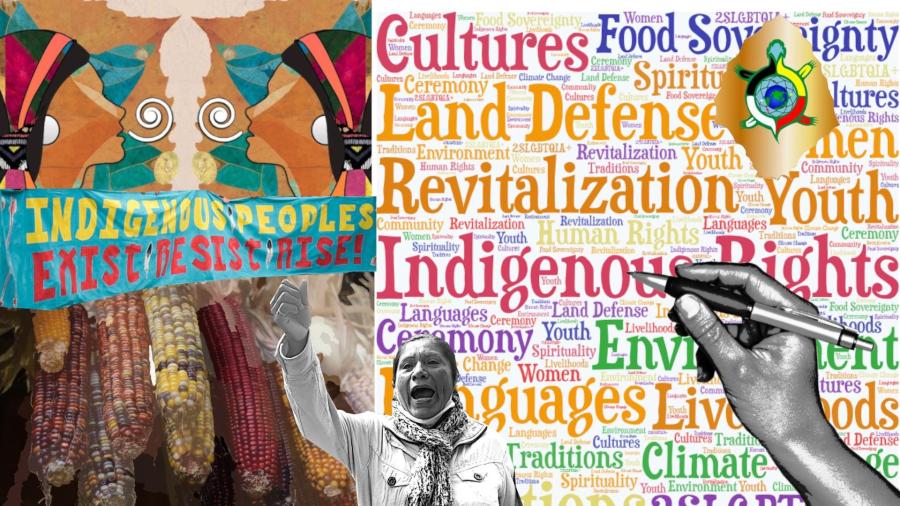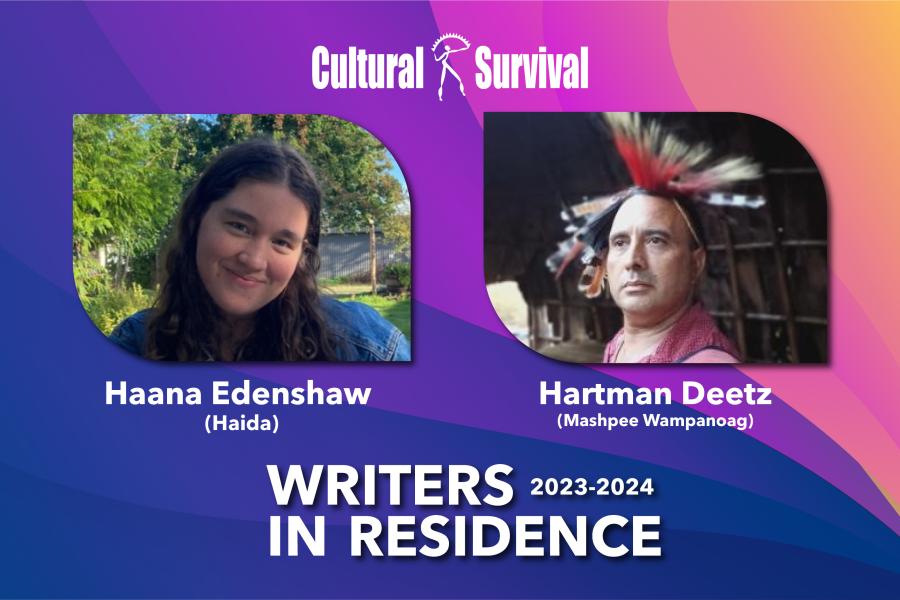In the past thirty years, Hawaii has become a tourist Mecca, a coveted vacation spot for residents of the mainland and, increasingly, for Japanese. The economy depends upon tourism, and specifically upon the marketing of a particular cultural ambience, which idealizes and invents the culture of native Hawaiians.
Economically and politically, Hawaiians are the least powerful group in Island society. Their numbers decimated by foreign diseases during the 19th century, Hawaiians are outnumbered by Japanese, haoles (whites) and Chinese who dominate the state's politics and economy. Yet, a version of Hawaiian culture is promoted and sold to visitors - and Hawaiians are hired to participate in the process. This "commercialization affects the self-perception and self-definition of indigenous peoples. When low-status indigenous peoples participate in mass tourism and the selling of native culture they often begin to adopt a model of their own culture that is, at least in part, a foreign model, crafted for commercial ends.
"ETHNIC ATMOSPHERE"
The selling of the Hawaiian ambience begins on commercial airline flights, where attendants of Hawaiian descent are enlisted to extol the tourist industry's image of the Islands as exotic, relaxed, and friendly. The commercial motives of "sincere" Hawaiian friendliness seem only too apparent, but most visitors are willing to suspend disbelief in order to enjoy the experience. Hawaiians are conspicuously on view in the tourist industry, but most fill service roles. For the airport greeting, one tour company hires a handsome Hawaiian youth to parade in a red and yellow malo (loincloth) and cape, in imitation of the Hawaiian chiefs' traditional dress.
Nearly all tourists stay in Waikiki, where they are effectively segregated from the rest of Island society. In Waikiki, visitors can attend staged Hawaiian lu'au feasts and "Polynesian" reviews featuring Tahitian dancing to supplement the less spectacular Hawaiian hula.
One of the most popular attractions on Oahu is the Polynesian Cultural Center. Owned by the Mormon Church, the center resembles a human zoo. For a hefty admission fee, visitors can view "real" Polynesians (Mormon Church College students) enacting "traditional" activities in native dress and authentic settings. The church understood that there was money in the marketing of culture in Hawaii.
CULTURAL REVIVAL
The construction of ersatz Hawaiian culture for the benefit of outsiders has influenced Hawaiians' own perception of their identity. This is not merely an effect of mass tourism; a century and a half of contact preceded the influx of tourists. In the contact period, Hawaiian chiefs enthusiastically sought to adopt the ways of powerful foreigners, and led their people to the apparent destruction of traditional lifeways. Most Hawaiians today are city-dwelling wage laborers, long alienated from the land and the rural lifestyle of their heritage.
The revival of Hawaiian culture in the past 15 years sparked a resurgence of interest in the language, which few Hawaiians can speak fluently, and in "traditional" arts such as chanting, weaving feather leis, and the hula. The more militant arm of the cultural revival focused on the issue of land, and demanded reparations for the lands Hawaiians had lost. In the process of defining the Hawaiian identity, nationalists have taken cues from a variety of sources: early descriptions of Hawaii - most of these written by foreigners, the writings of 19th-century Hawaiians, and the accounts of elderly informants. The resulting version of Hawaiian culture is somewhat eclectic, and does not correspond to a specific time period.
RECREATING TRADITION
Hawaiian nationalism also looks to rural communities for authentic cultural models. Trying to recreate ties to the land, some nationalists have established subsistence communes in remote areas. But tourism's effect on Hawaiians' self-perception is not limited to city-dwellers or to those working in the industry. Mass communications reach most rural area
Keanae is a village on the windward coast of Maui. Remote by local standards, Keanae is one of the few remaining places where Hawaiians still grow taro on land inherited from their ancestors. The village was designated "the most Hawaiian community in the Islands" in 1975. Local journalists have portrayed it as "the Hawaii that used to be." Mass tourism has done much to enhance Keanae's awareness of its cultural traditions. The village is an official Hawaii Visitors' Bureau point-of-interest, and is noted as an attraction on tourist maps. An official marker (portraying a stylized Hawaiian chief in a red and yellow cape) used to stand alongside the highway above Keanae, with the legend, "Hawaiian village." A local woman sometimes chats with tourists at the overlook. She describes the Keanae life in terms of "fish and poi," the traditional staples. Although villagers see themselves as having chosen a "traditional" lifestyle, today's country-dwellers are wage laborers who grow and market taro to supplement their salaries. Villagers may praise the ideal of aloha and wax sentimental over the simple life, but in reality no one lives solely on fish and poi.
Nationalists and country-dwellers both tend to idealize the rural lifestyle as pristine and harmonious. Both are living up to a model of Hawaiianness. Certainly the nationalist and the rural models of Hawaiian culture are not the same as the version promoted by the tourist industry; the point is that neither are they isolated from it. Tourism introduces a different kind of self-consciousness when it advances foreign models of native culture. Mass tourism may effect the final demise of an unself-conscious, "authentic" native identity. Ultimately, the agent is not acculturation, but the participation of indigenous peoples in marketing a model of their own culture.
Article copyright Cultural Survival, Inc.



